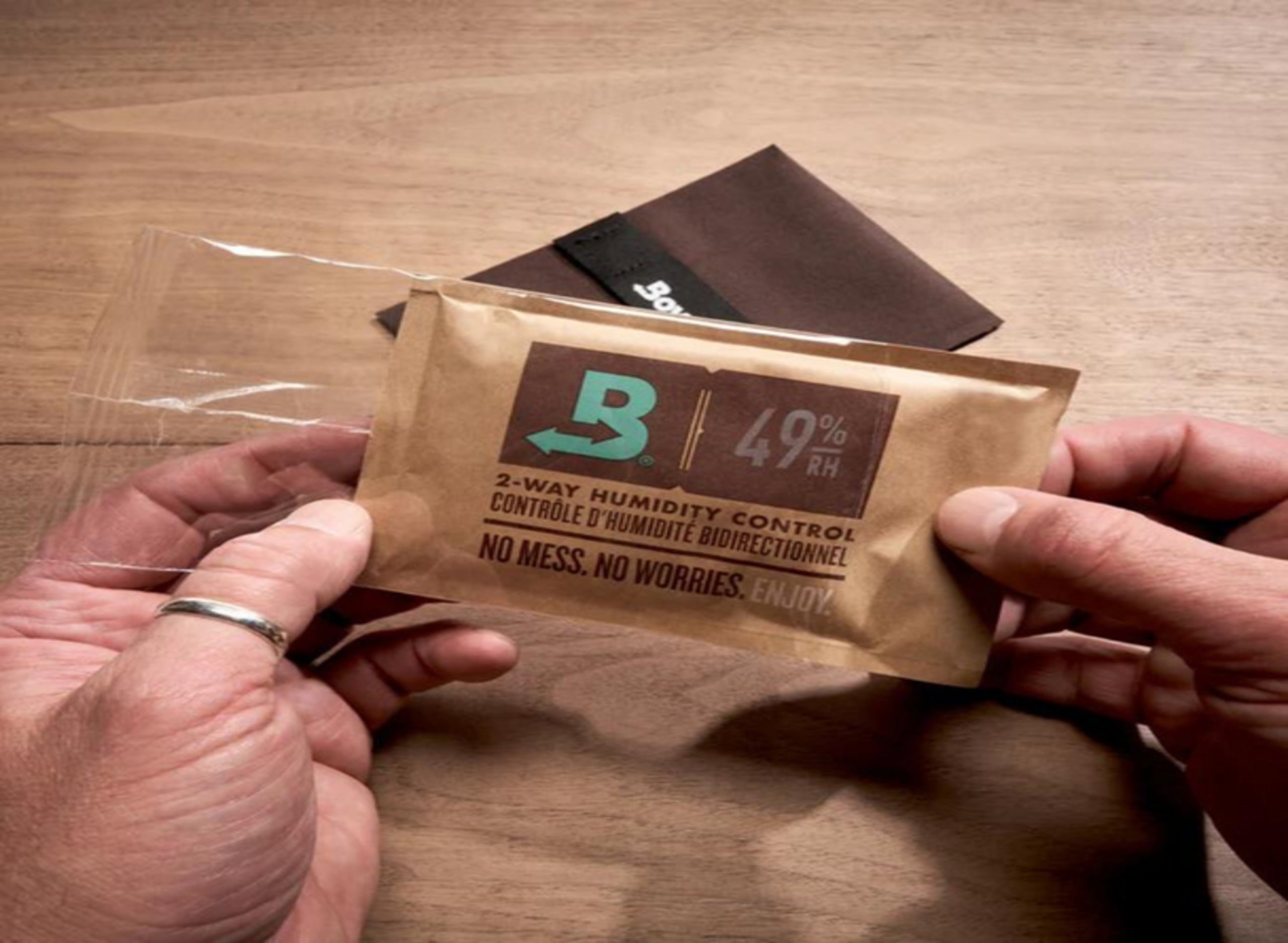Why Biodegradable Isn't Always Better
The term "biodegradable" has become a powerful marketing tool in packaging. However, this seemingly eco-friendly quality isn't the sustainability silver bullet many believe it to be. Understanding the complexities behind biodegradable materials reveals why they sometimes fall short of their environmental promises and why alternative approaches might deliver superior ecological outcomes.
Biodegradable Packaging Misconceptions
The primary misconception about biodegradable packaging is that it will naturally break down regardless of disposal method. In reality, most biodegradable materials require specific conditions to decompose properly. Without these conditions, they may persist in the environment for years or decades.
Many consumers also assume biodegradable means compostable, which isn't always true. As explained in this comparison of compostable versus recyclable packaging, compostable materials must break down into non-toxic components that benefit soil, while biodegradable items simply break apart without necessarily providing ecological benefits.
Composting Infrastructure Challenges
For biodegradable packaging to fulfill its promise, proper composting infrastructure is essential. Unfortunately, this infrastructure remains limited in many regions. Industrial composting facilities, which maintain the precise temperature, moisture, and microbial conditions needed for biodegradation, aren't universally accessible.
Even when facilities exist, contamination issues arise. For accurate measurements of materials during processing, many facilities use precision weighing equipment to track compost inputs and outputs, but this doesn't solve the fundamental problem of limited access to industrial composting.
Landfill Behavior of Biodegradable Materials
When biodegradable packaging ends up in landfills, which is common given the infrastructure challenges, it often creates more problems than solutions. In the oxygen-deprived environment of landfills, biodegradable materials can produce methane, a greenhouse gas significantly more potent than carbon dioxide.
This counterintuitive outcome is explained in this analysis of why compostable packaging ends up in landfills, where the lack of proper conditions prevents the intended decomposition process.
Superior Sustainable Alternatives
Recyclable Materials
Well-established recycling streams often provide more reliable environmental benefits than biodegradable options. Materials like aluminum, glass, and certain plastics have robust recycling infrastructure in place, allowing them to be reprocessed multiple times.
Reusable Systems
Reusable packaging systems offer significant environmental advantages by eliminating single-use waste entirely. Closed-loop packaging systems and refill stations represent circular economy solutions that often outperform biodegradable options in lifecycle assessments.
Innovative Eco-Materials
Emerging alternatives like mushroom-based packaging and edible packaging made from seaweed or rice paper offer promising sustainability profiles when properly implemented and disposed of.
Measuring True Environmental Impact
To evaluate whether biodegradable packaging is truly better, we must consider full lifecycle assessments that account for:
- Raw material sourcing and production energy
- Transportation footprint
- End-of-life scenarios and realistic disposal patterns
- Water usage throughout the lifecycle
- Carbon emissions across all stages
These comprehensive assessments often reveal that the ROI of sustainable packaging isn't straightforward and requires nuanced analysis beyond simple biodegradability claims.
Making Informed Packaging Decisions
Rather than focusing solely on biodegradability, businesses should adopt a holistic approach to packaging sustainability. This includes:
First, understanding your product's specific needs and environmental context. For some products, durability and recyclability may provide better environmental outcomes than biodegradability.
Second, considering regional infrastructure realities. If your market lacks industrial composting facilities, biodegradable packaging may not deliver its promised benefits.
Third, communicating transparently with consumers about proper disposal. As discussed in this guide on communicating sustainability through packaging, clear instructions prevent well-intentioned consumers from inadvertently negating environmental benefits.
Finally, staying informed about evolving technologies and infrastructure. The sustainability landscape changes rapidly, and yesterday's best practices may not be tomorrow's.
By taking this comprehensive approach, businesses can avoid common eco-packaging mistakes and make truly impactful environmental choices that go beyond marketing claims.











Leave a comment
All comments are moderated before being published.
This site is protected by hCaptcha and the hCaptcha Privacy Policy and Terms of Service apply.